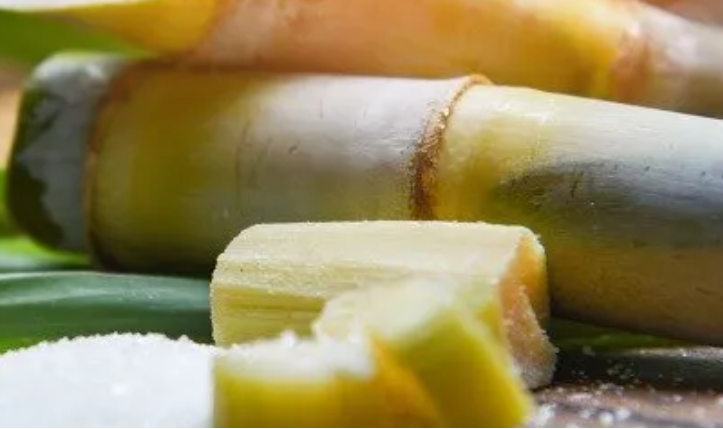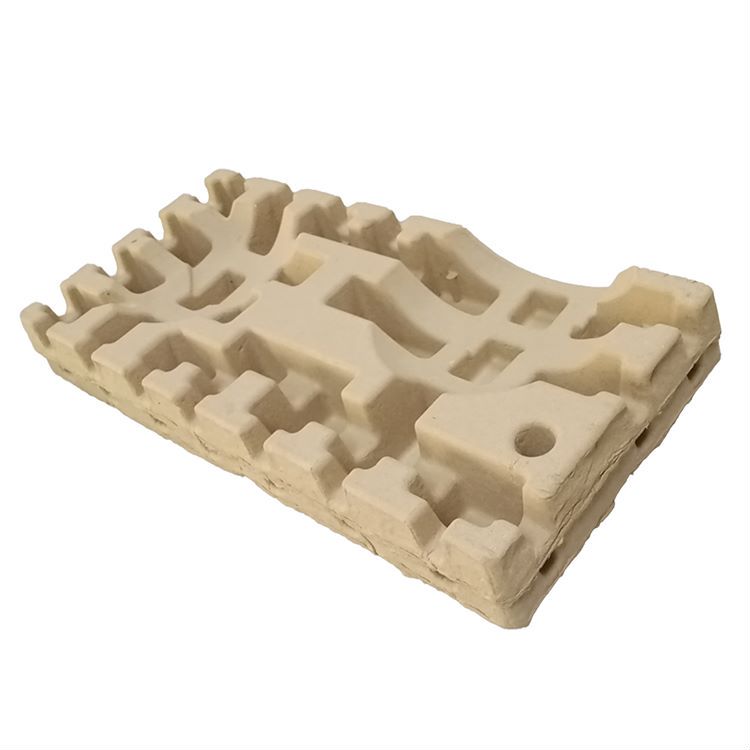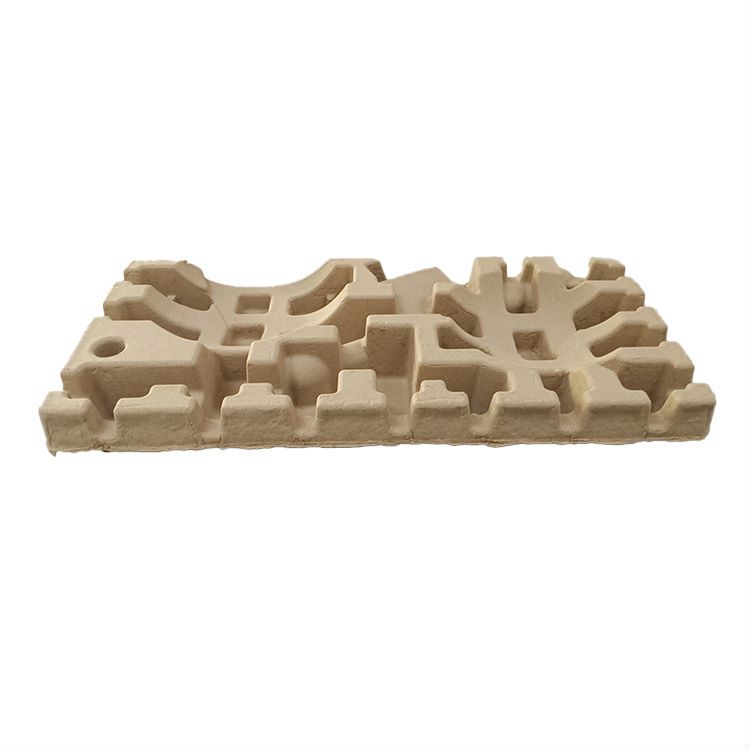Sustainable packaging has become a primary concern in the modern world due to the adverse environmental effects of conventional materials. In this regard, sugarcane pulp paper tray offers an innovative and eco-friendly alternative to traditional packaging solutions. Made from the byproducts of sugarcane processing, this paper tray provides a sustainable and versatile packaging option for a wide range of products. This article aims to explore what sugarcane pulp paper trays are, their manufacturing process, advantages, applications, and their environmental impact.

1. Introduction to Sugarcane Pulp Paper Tray
Sugarcane pulp paper trays are packaging products manufactured using the leftover fibrous residue from the sugarcane milling process. These trays are a sustainable alternative to conventional plastic or polystyrene packaging commonly used in the food and beverage industry. The pulp is obtained by mechanically pulping or chemically treating the sugarcane bagasse, resulting in a natural and biodegradable material. The trays are available in various sizes and can be customized to meet specific packaging requirements.
2. Manufacturing Process
The manufacturing process of sugarcane pulp paper trays involves several steps:
- Collection and cleaning of sugarcane bagasse: The leftover sugarcane fibrous residue, known as bagasse, is collected from the sugarcane mills and cleaned to remove any impurities.
- Pulping: The bagasse is then pulped using mechanical or chemical methods. Mechanical pulping involves grinding and refining the bagasse into a fibrous pulp, while chemical pulping utilizes chemicals to break down the bagasse fibers.
- Forming: The pulp is molded into the desired shape using molds or specialized equipment. The trays can be designed with compartments or compartments to accommodate different products.
- Drying and shaping: The molded pulp trays are dried using heat and pressure to remove excess moisture and take their final shape.
- Packaging: Once dried, the trays are packaged and ready for use in various industries, such as food and beverage, electronics, and cosmetics.

3. Advantages of Sugarcane Pulp Paper Tray
Sugarcane pulp paper trays offer numerous advantages over traditional packaging materials:
- Sustainability: Sugarcane pulp trays are made from renewable resources, reducing dependence on fossil fuels and mitigating the ecological impact of traditional packaging materials.
- Biodegradability: As a natural material, sugarcane pulp paper trays are fully biodegradable and compostable, minimizing environmental pollution and waste generation.
- Versatility and customization: These trays can be customized in terms of size, shape, and design, making them compatible with various product types and packaging requirements.
- Sturdiness and durability: Despite being lightweight, sugarcane pulp paper trays offer sufficient strength and durability, ensuring safe transportation and storage of products.
- Thermal insulation and water resistance: The natural properties of sugarcane pulp make it resistant to heat, protecting products and providing insulation against external temperature changes. Additionally, these trays have water-resistant properties, preventing leakage and maintaining product quality.
4. Applications
The applications of sugarcane pulp paper trays are diverse and expanding:
- Food and Beverage Industry: These trays are commonly used for packaging fruits, vegetables, eggs, bakery items, and ready-to-eat meals.
- Electronics Industry: Sugarcane pulp paper trays are also used to package electronic components and devices, providing protection during transportation.
- Beauty and Cosmetics Industry: This sustainable packaging solution is gaining popularity in cosmetics and personal care products due to its recyclable and environmentally friendly nature.
- Sustainability Initiatives: Companies and organizations dedicated to promoting sustainable practices often opt for sugarcane pulp paper trays as a part of their eco-friendly packaging strategies.
5. Environmental Impact
The use of sugarcane pulp paper trays significantly reduces the environmental impact compared to conventional packaging materials:
- Reduced carbon footprint: Utilizing the byproducts of sugarcane processing minimizes the greenhouse gas emissions associated with waste accumulation and disposal.
- Resource conservation: The use of renewable resources like sugarcane bagasse reduces reliance on non-renewable resources, such as fossil fuels.
Conclusion
Sugarcane pulp paper trays offer a sustainable, versatile, and eco-friendly solution to the packaging industry. Manufactured from the byproducts of sugarcane processing, these trays are biodegradable, customizable, and provide excellent thermal and water resistance properties. With applications in various industries, sugarcane pulp paper trays showcase the potential of sustainable practices in packaging materials. By opting for this eco-friendly alternative, we can contribute to a greener future and minimize the environmental impact of packaging waste.
Have a question to ask? Send in your queries through here: https://www.pulptray.com/Contact.html


